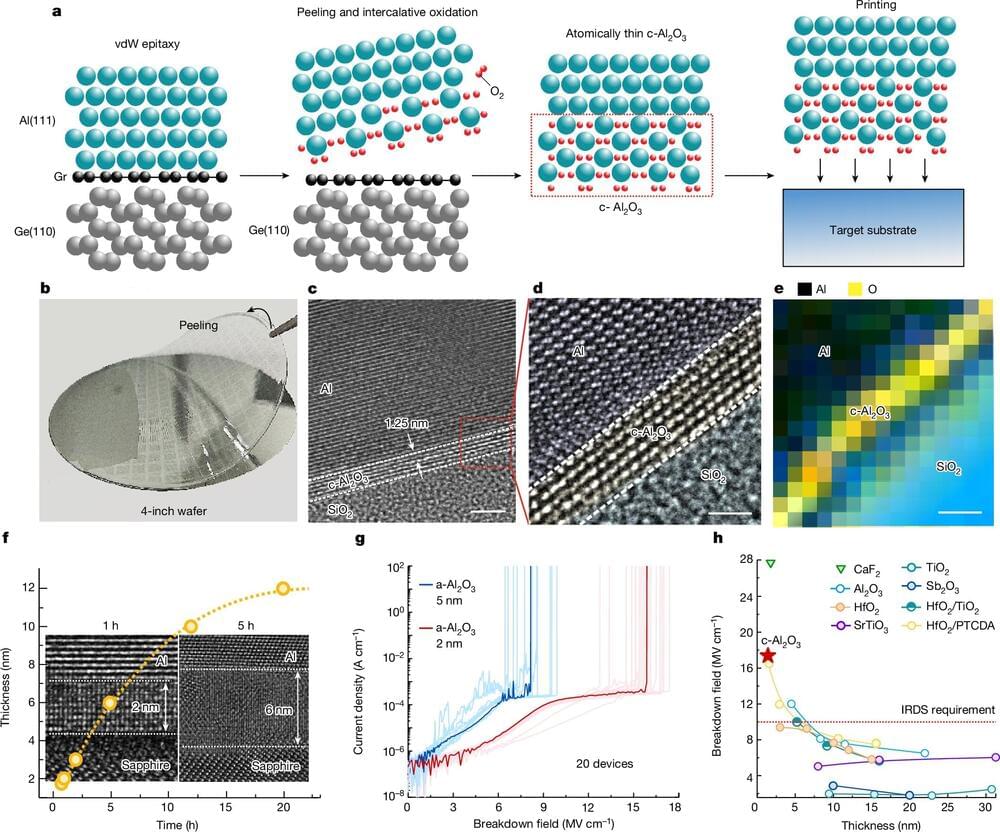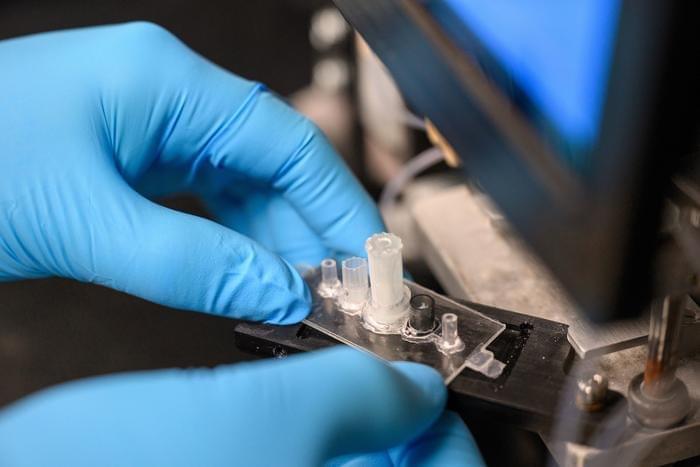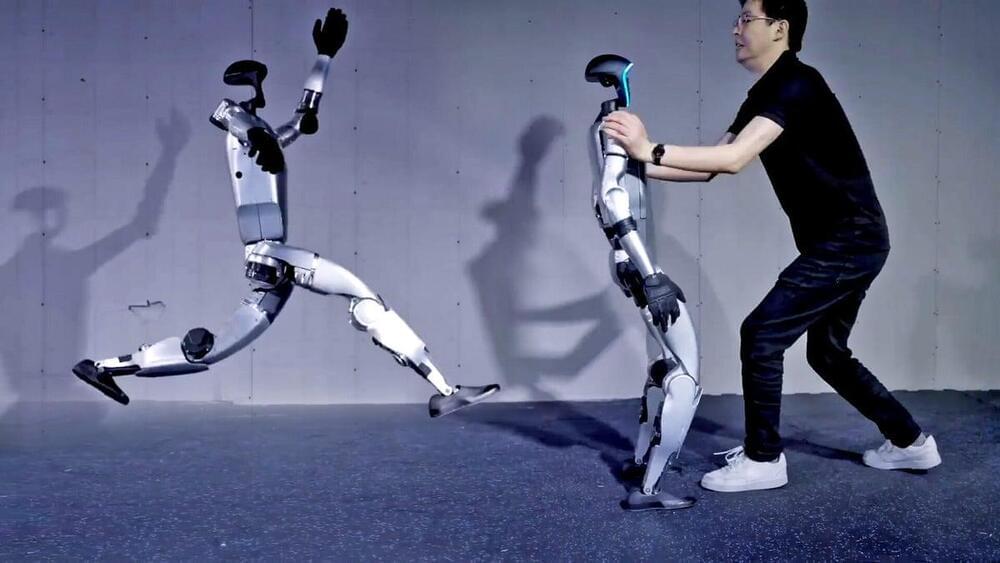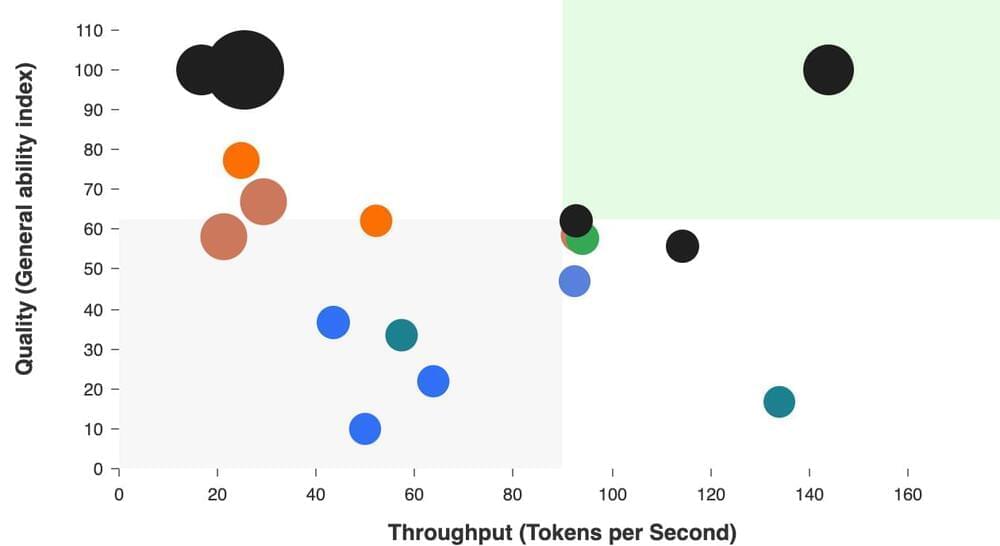India has edged past the United Kingdom by delivering more cutting-edge critical technology research during the period between 2019 and 2023, data published by the Australian Strategic Policy Institute on Wednesday (August 28) showed.
The institute updated its critical technology tracker this week by focusing on high-impact research or 10 per cent of the most highly cited papers, as a “leading indicator of a country’s research performance, strategic intent, and potential future science and technology capability”
The tracker covers 64 critical technologies and crucial fields spanning defence, space, energy, the environment, artificial intelligence (AI), biotechnology, robotics, cyber, computing, advanced materials, and key quantum technology areas.






